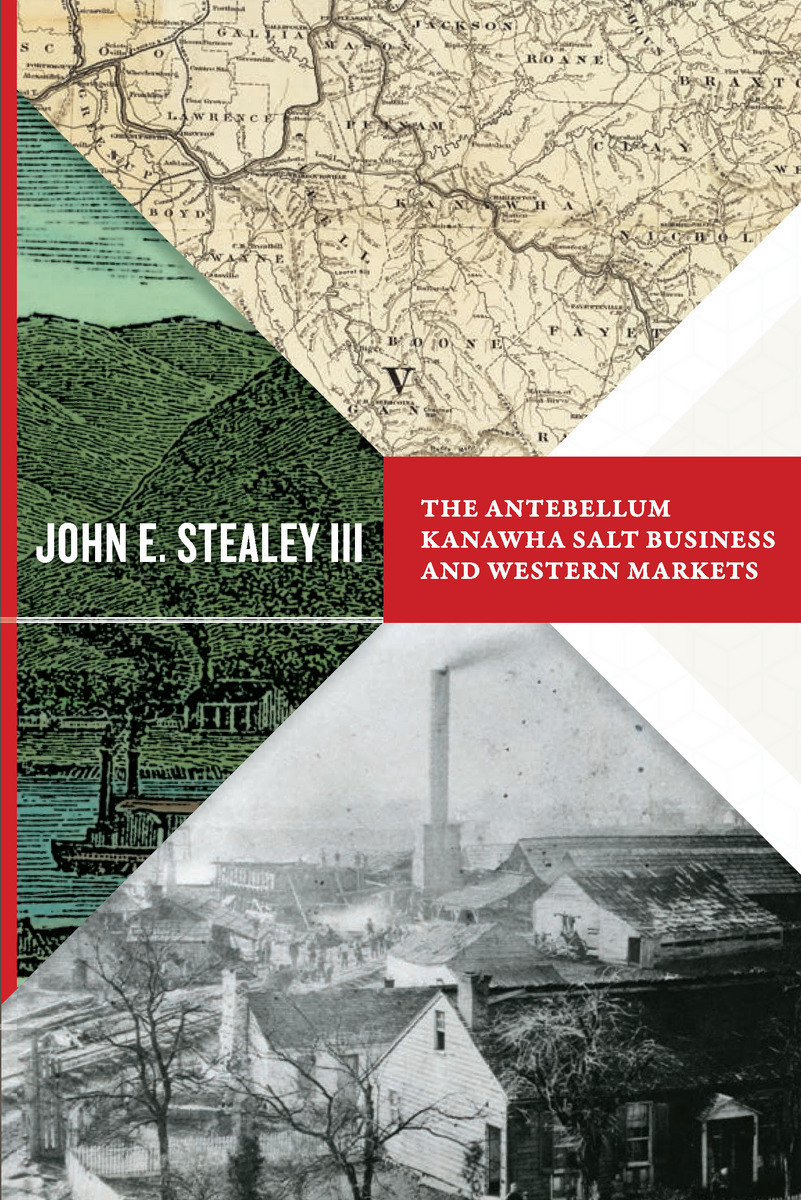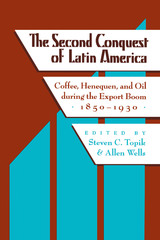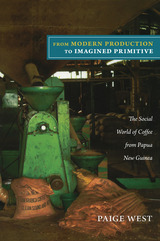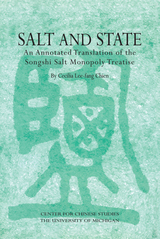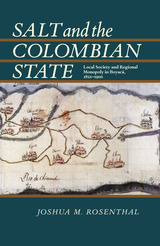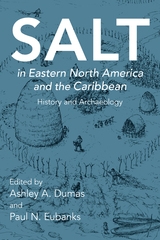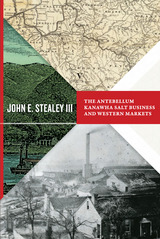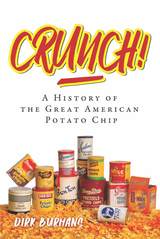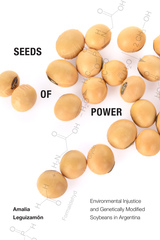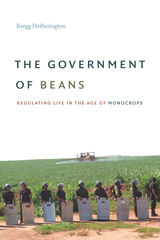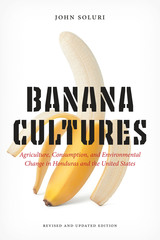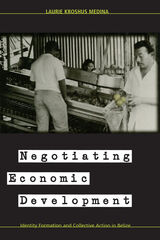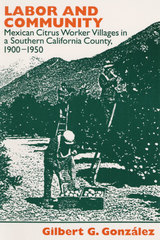The Antebellum Kanawha Salt Business and Western Markets
West Virginia University Press, 2016
eISBN: 978-1-943665-31-0 | Paper: 978-1-943665-29-7
Library of Congress Classification HD9213.U5W47 2016
Dewey Decimal Classification 338.27632097543
eISBN: 978-1-943665-31-0 | Paper: 978-1-943665-29-7
Library of Congress Classification HD9213.U5W47 2016
Dewey Decimal Classification 338.27632097543
ABOUT THIS BOOK | AUTHOR BIOGRAPHY | REVIEWS | TOC
ABOUT THIS BOOK
In the early nineteenth century, a ten-mile stretch along the Kanawha River in western Virginia became the largest salt-producing area in the antebellum United States. Production of this basic commodity stimulated settlement, the livestock industry, and the rise of agricultural processing, especially pork packing, in the American West. Salt extraction was then and is now a fundamental industry.
In his illuminating study, now available with a new preface by the author, John Stealey examines the legal basis of this industry, its labor practices, and its marketing and distribution patterns. Through technological innovation, salt producers harnessed coal and steam as well as men and animals, constructed a novel evaporative system, and invented drilling tools later employed in oil and natural gas exploration. Thus in many ways the salt industry was the precursor of the American extractive and chemical industries. Stealey's informative study is an important contribution to American economic, business, labor, and legal history.
In his illuminating study, now available with a new preface by the author, John Stealey examines the legal basis of this industry, its labor practices, and its marketing and distribution patterns. Through technological innovation, salt producers harnessed coal and steam as well as men and animals, constructed a novel evaporative system, and invented drilling tools later employed in oil and natural gas exploration. Thus in many ways the salt industry was the precursor of the American extractive and chemical industries. Stealey's informative study is an important contribution to American economic, business, labor, and legal history.
See other books on: Industries | Natural Resource Extraction | Salt industry and trade | South (AL, AR, FL, GA, KY, LA, MS, NC, SC, TN, VA, WV) | West Virginia
See other titles from West Virginia University Press
